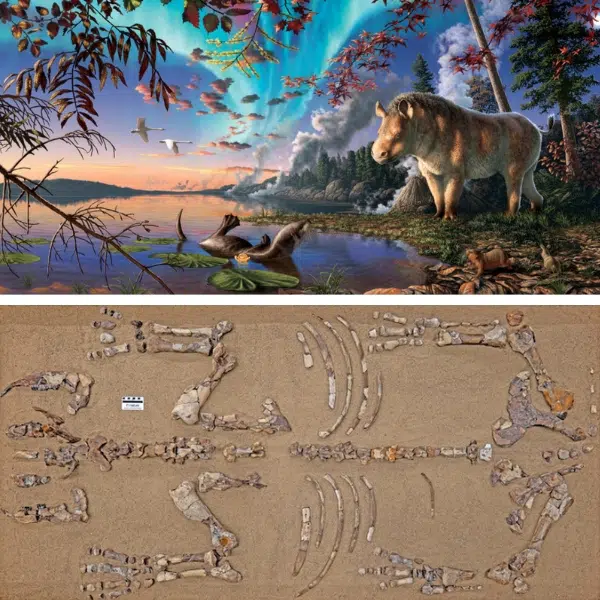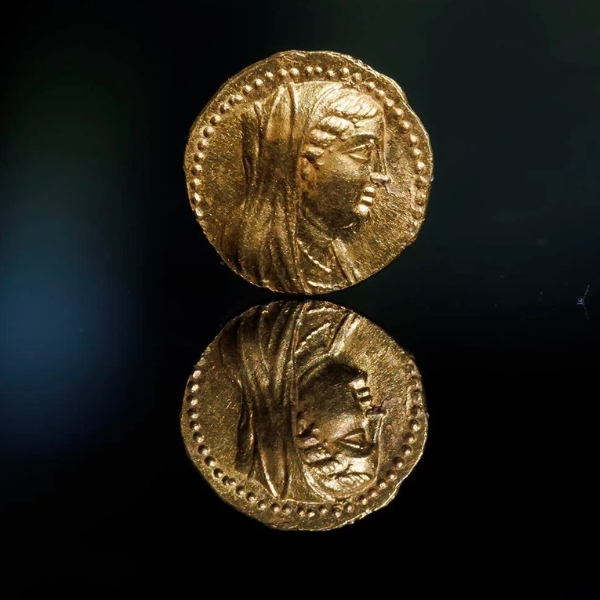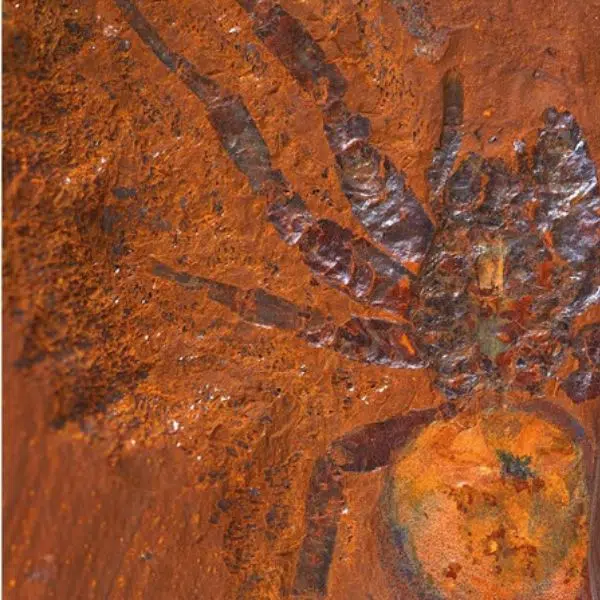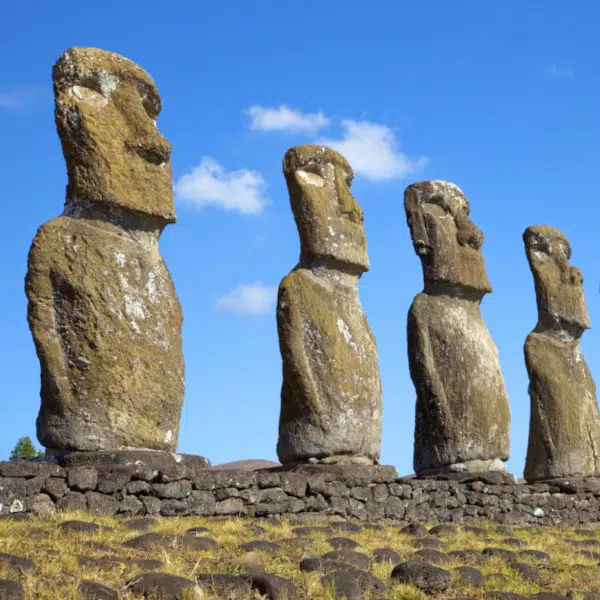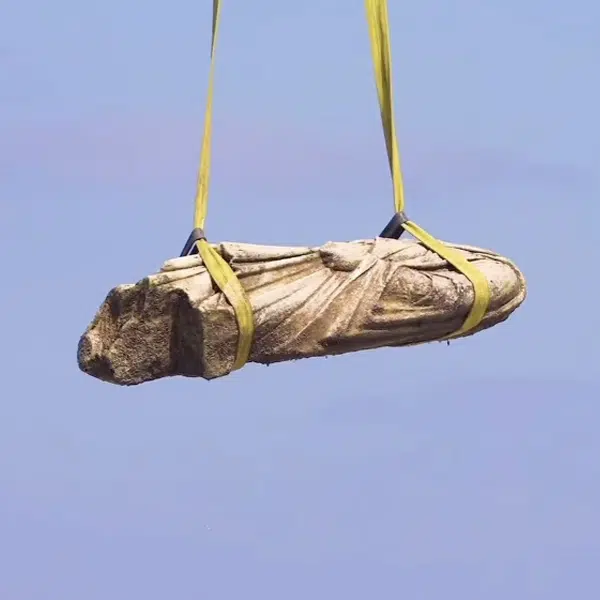
A mammoth tusk carved into a wild horse, discovered in Vogelherd Cave. (Photo: Wuselig via Wikimedia Commons, CC BY-SA 4.0)
Horses have been central to human life for millennia, even before they were domesticated and utilized. Ancient wild horses roamed Europe and Asia, where they were hunted by the earliest humans. As a valuable and notable food source, the horses were immortalized in cave drawings, most notably in the prehistoric Lascaux caves. But even older artists depicted horses. The oldest known sculpture of a horse created by modern humans dates back about 32,000 years.
The exquisite statue is carved from the tusk of an ancient mammoth. It stands only about 1 inch tall and just under 2 inches wide. The horse's head is intact, but its four legs have been lost to time and earth. The indent of its nostrils is still visible, subtly carved. The mouth, the ears, and the top of the tail are all visible and very lifelike. The horse was discovered in the Vogelherd Cave in the mountains of southwest Germany. These caves are now a UNESCO World Heritage site known as Caves and Ice Age Art in the Swabian Jura. They were some of the first habitations of modern humans, who arrive on the European continent 43,000 years ago.
These prehistoric inhabitants left behind cave drawings and figurines. Carved mammoths, lions, and bison have been discovered. The details of the figurines include cross markings and other delicate details. The carvers of these figurines belonged to the Aurignacian culture, during the Upper Paleolithic period. The hunter-gatherers likely used the cave to process their hunts, especially reindeer and horse. Bones of hunted animals were discovered, giving clues to what the ancient humans ate. The horse figurine itself is a tribute to this precious food source, crafted many thousands of years before horses were domesticated. Although only partial, the statue is the oldest known depiction of a horse by humans, and an example of some of the world's first artists.
The oldest known horse sculpture (seen above) is only about 1 inch in height and was carved by early human beings about 32,000 years ago. It was discovered in a cave in Vogelherd, Germany.
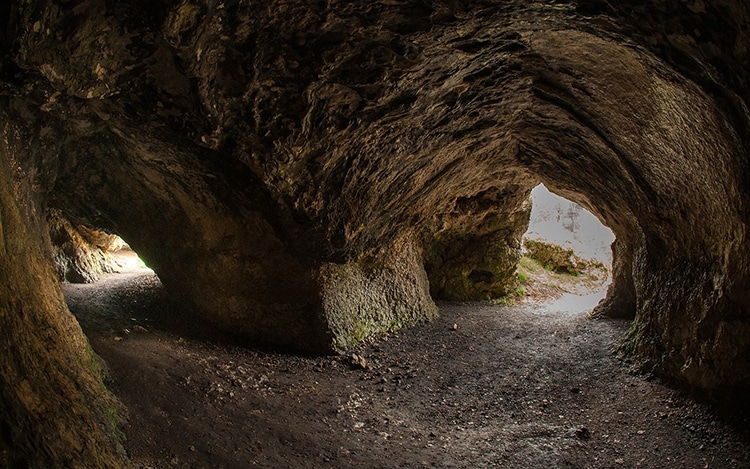
The Vogelherd cave, in Germany. (Photo: Thilo Parg via Wikimedia Commons, CC BY-SA 3.0)
h/t: [Live Science]
Related Articles:
Incredibly Rare Ceramic Head Helps Uncover Previously Unknown Roman Settlement in Britain
Archeologists Unearth a Rare Purple Pigment That Is More Valuable Than Gold
1,300-Year-Old Heartfelt Letter Between Family Members Found in Iranian Cave
Discover the Hallaton Helmet, a Newly Restored Piece of Ancient Roman Armor













































































